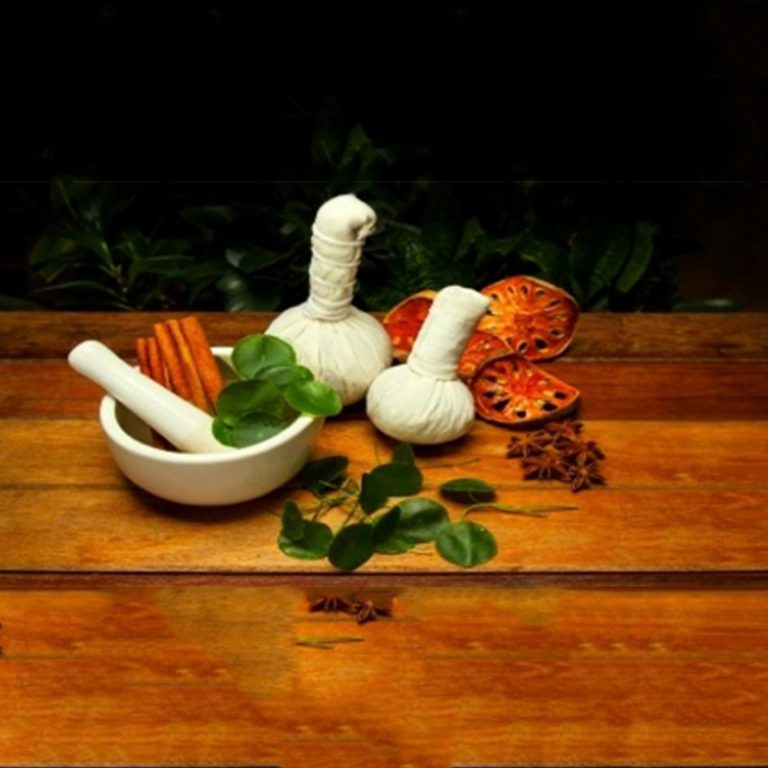Panchakarma is Ayurveda’s power-packed secret for detoxifying the body from the harmful effects of imbalances in rogas, accumulating ama in the digestive system, reduced immunity, and other conditions that affect the body and mind. Panchakarma literally means five modes of treatment that serve as five critical approaches to purify the body and mind, resulting in complete rejuvenation. The treatment approach is personalized – depending on every individual’s requirements in terms of age, health status, mental status, strength, body constitution, roga balance, how strong the digestive system is, and immunity, in addition to other details. With many inquiries that I receive at my Ayurveda hospital in Chennai focusing on details regarding Panchakarma Treatment Chennai, I thought it’s best to give some quick refresher pointers on what Panchakarma is and why it is so beneficial to restore health.
Why should you embrace Panchakarma?
Panchakarma has evolved as a strong therapeutic procedure that is fast embracing not just staunch believers of Ayurveda but also every wellness-seeking individual. The benefits of this miraculous treatment modality is quite well-known by now. Panchakarma’s ability to restore your body’s mental and physical balance, enabling complete internal detoxification, curing illnesses, and building immunity is what makes it the gold standard of Ayurveda treatments.
Here are some of the well-known benefits of Panchakarma:
- Body purification by removing the toxins accumulated in the body through digestive tract, nose, and skin.
- Improved blood circulation and hence nourishment to the cells and tissues
- Improved metabolic capability since the body is now rid of all harmful elements
- The rejuvenated body is now strong with impressive immunity
- Panchakarma also delivers the benefit of weight loss
- This treatment modality also calms the mind, relieving it of all stress
Panchakarma Treatment Chennai, hence strengthens the body, mind, and soul by getting rid of all the toxins that accumulate in our body and stress our mind as a result of our current lifestyle choices.
What happens in Panchakarma?

This is definitely not a one- or two-day wonder where you walk in, get a massage, and walk out. It requires many weeks and individual-based complete focus to complete the protocols. The process can be physically and mentally exhausting. Hence an experienced Ayurveda doctor has to necessarily perform an in-depth assessment of your body’s situation and determine your capability of undergoing this strenuous procedure.
Panchakarma includes 5 treatment protocols, but the entire process includes three critical stages:
- Poorvakarma
- Pradhanakarma
- Paschatkarma
Poorvakarma
This stage prepares the body for the strenuous protocols of the main treatment. At this stage your expert Ayruveda doctor will review your body constitution, immunity levels, and mental strength to determine the exact karmas to be used in the treatment. Your therapists will then prepare your body to withstand the strenuous pradhankarma. This preparatory steps include snehana and swedana.
Snehana involves massaging the body with a select herbal formulation that your Ayurveda doctor recommends specifically for you. The massage improves blood circulation, relaxes your muscles, and helps in moving out the toxins from the tissues. Swedana involves fomentation, which softens and relaxes the tissues and helps remove the toxins in the form of sweat.
Pradhanakarma
The most exhausting part of the procedure is the pradhanakarma. Each procedure requires extensive focus and skill; hence ensure that your therapists are experts who work under the stringent supervision of your Ayurveda doctor. The multiple steps of this stage include purgation, enema, nasal treatment, and digestive tract cleansing.
Vamana
This first step is critical to remove kapha roga imbalance, which helps in case of allergies, asthma, cough, nasal congestion, and related conditions. The process involves inducing vomiting through a combination on snehana, swedana, and internal medications. This requires a few days, as the body needs to completely remove the toxins.
Virechana
This step focuses on the digestive tract and hence is beneficial to correct pitta roga imbalances that cause digestive disorders, skin conditions, joint pain, jaundice, diabetes, and other conditions. Virechana involves inducing purgation and thorough cleansing of the bowels using both internal and external treatments such as Ayurvedic purgatives and massages, respectively.
Basti
This involves administering enemas and related ghee or milk-based Ayruvedic formulations through the rectum. This step removes vata, pitta, and kapha roga imbalances and is great for digestive tract conditions such as colitis and irritable bowel syndrome, piles. muscular spasms, arthritis, kidney stones, and obesity.
Nasya
This fourth step involves administering Ayurvedic oil-based formulations through the nasal cavity and then flushing them out along with the toxins. This procedure removes toxins from head and neck. This step is useful in managing insomnia, nasal conditions, sinusitis, and migraine.
Rakthamokshana
This step is rarely followed and is considered only in case of severe skin conditions such as eczema, psoriasis, and other related disorders. This involves removing impure blood from a selected area or the entire body.
Paschatkarma
The body is exhausted after multiple days of this strenuous treatment; hence the paschatkarma helps in nourishing the body back to normalcy. The experts watch your body’s response to ensure that there are no untoward responses to the detoxification procedure. For Panchakarma Treatment Chennai, your Ayurveda doctor will plan and monitor your diet so you are gradually nourished back to health. Your doctor will also make healthy lifestyle recommendations.
Contact me for any questions you have about panchakarma treatments, and their benefits. You can connect with me at http://www.miayurveda.org/ or call me at +91-9444615161.










